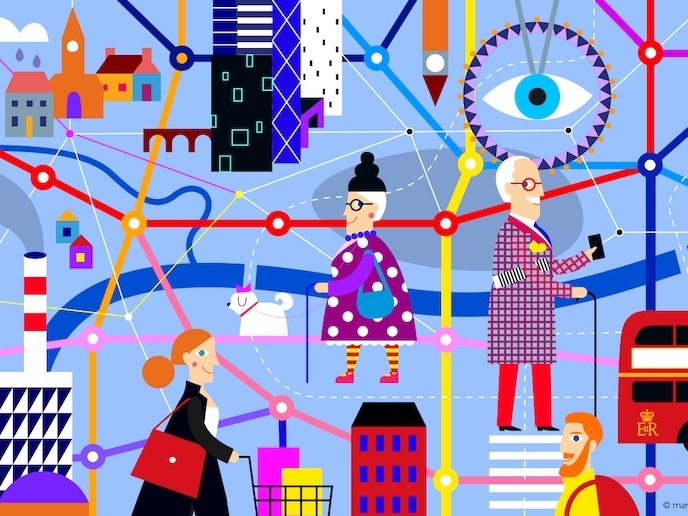Cutting-edge virtual and augmented reality technology for planned and emergency maintenance in extreme environments
Existing technology for performing maintenance in environments such as outer space or the ocean depths has several limitations. These include substantial time delays in communication and transmission of data, multi-input interfaces that are unaccounted for, and the management of several operators at once in such environments. The EU-funded EDUSAFE (Education in advanced VR/AR safety systems for maintenance in extreme environments) project researched the characteristics, procedures and tools of cutting-edge VR and AR technologies for the development of a personnel safety system. Overall, the aim was to enhance safety, maintain readiness, minimise errors and reduce the time needed for scheduled or unexpected actions. Four prototypes of an integrated prototype VR/AR system were developed and tested together with associated controls. One gamma camera was designed, fabricated and successfully tested. This light, easy-to-use and remote-controlled camera superimposes gamma radiation detected on top of the physical environment. A prototype of the supervision system hardware and software was also developed and successfully tested by users. It is designed to guarantee effective transmission of data between the operators and supervisors. Two augmented reality system prototypes were also developed and tested. One used a screen to augment the information, while the second prototype was linked to head-mounted displays. The prototypes showed continuous progress of augmentation and rendering capabilities throughout the project. The most notable progress achieved was that the computer vision algorithm’s time lags were decreased from 1.5 seconds to 200 milliseconds. By combining several technologies in developing prototypes, EDUSAFE led to the creation of a novel system with VR and AR capabilities for operation in hazardous areas. It is set to become the first personnel safety technology to combine reliability, flexibility, portability and speed features all together in one system.







